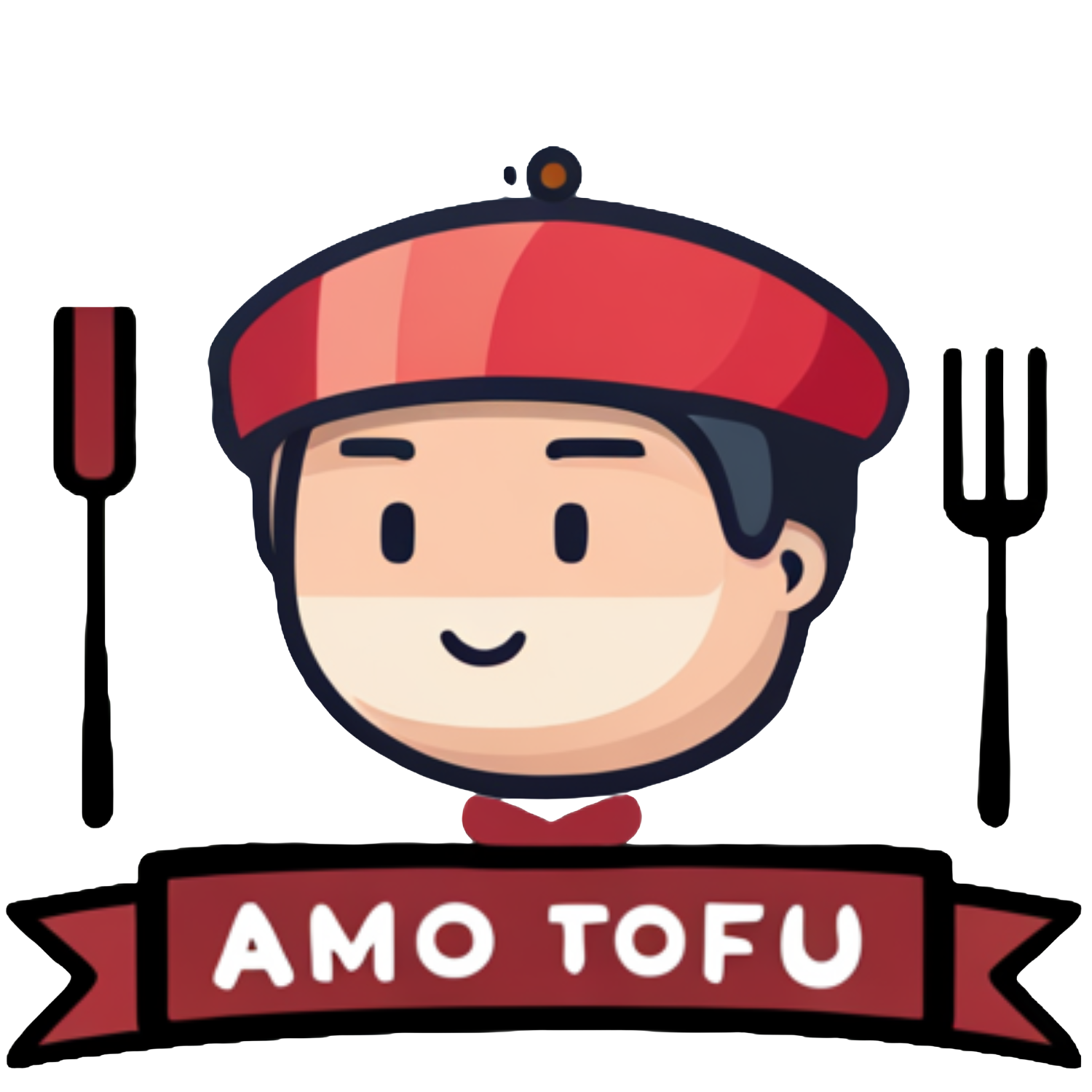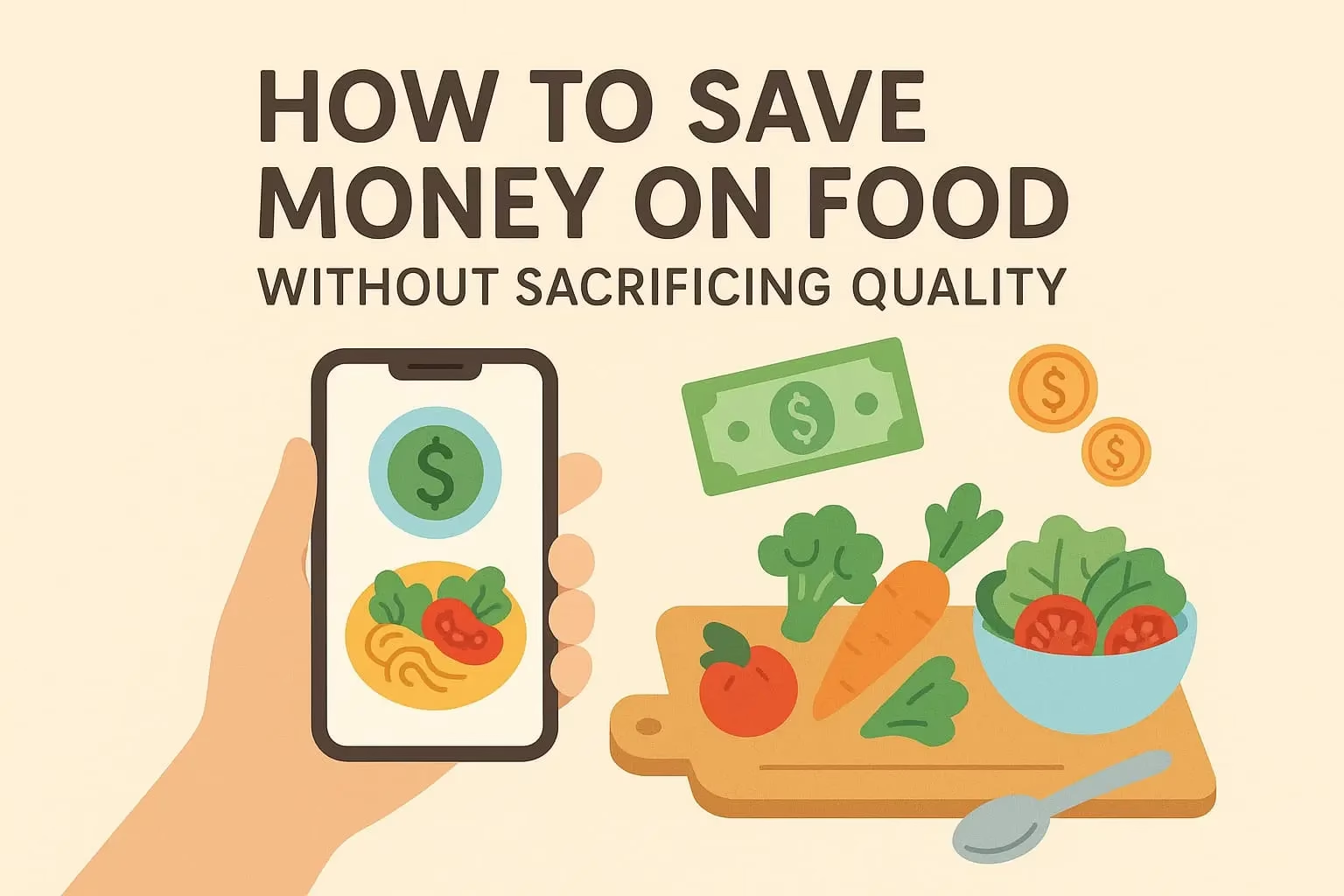Switching to a plant-based lifestyle comes with many benefits — better digestion, more energy, and improved overall health. But for many people, cravings can still pop up, especially during the transition phase.
Whether you’re craving cheese, sweets, or fast food, this guide will show you why cravings happen, how to manage them without guilt, and what to eat instead — all while staying on track with your plant-based goals.
Why Do We Crave Certain Foods?
Cravings aren’t always about hunger. They can be triggered by:
- Emotions (stress, boredom, sadness)
- Habits (snacking at night, eating while watching TV)
- Blood sugar dips
- Nutrient imbalances
- Addictive ingredients (like salt, sugar, and saturated fat)
Understanding the cause is the first step to managing cravings — not just fighting them.
1. Don’t Try to “Fight” Cravings — Understand Them
Instead of feeling guilty or trying to use willpower, ask yourself:
- Am I actually hungry?
- When was my last balanced meal?
- Am I tired or stressed?
- What emotion might be behind this craving?
Sometimes what we need isn’t food — it’s rest, water, movement, or comfort.
2. Eat Enough During the Day
One of the biggest causes of cravings is undereating, especially in the morning and afternoon.
Tips:
- Don’t skip meals
- Include complex carbs + plant protein + healthy fats in each meal
- Don’t fear calories — whole plant foods give you energy, not weight gain
If you’re always hungry or craving sweets at night, you probably need to eat more during the day.
3. Identify Your Trigger Foods
Everyone has different cravings. What’s yours?
- 🍫 Sugar and chocolate
- 🧀 Cheese
- 🍞 Bread and carbs
- 🍟 Salty snacks and fried foods
- 🍔 Fast food or takeout
Once you know your go-to craving, you can prepare satisfying alternatives (see below).
4. Smart Plant-Based Swaps for Common Cravings
🧀 Craving Cheese?
Try:
- Nutritional yeast (cheesy flavor + B12)
- Vegan cheese made from cashews or coconut
- Cashew cream or tahini with lemon and garlic
- Baked tofu with spices and lemon juice
🍫 Craving Chocolate or Sweets?
Try:
- Dates stuffed with peanut butter or almond butter
- Dark chocolate (70%+ cacao)
- Chia pudding with maple syrup and cocoa
- Frozen banana blended with cocoa = healthy “ice cream”
🍞 Craving Bread or Carbs?
Try:
- Whole grain toast with avocado or hummus
- Sweet potatoes with cinnamon and nut butter
- Brown rice with tamari and veggies
- Homemade baked potato wedges with herbs
🍟 Craving Salty or Fried Snacks?
Try:
- Roasted chickpeas
- Oven-baked sweet potato fries
- Air-popped popcorn with nutritional yeast and sea salt
- Crunchy veggie sticks with hummus or spicy tahini
5. Stay Hydrated
Dehydration can mimic hunger and trigger cravings, especially for salty snacks.
Tips:
- Drink water throughout the day
- Herbal teas help curb cravings (try peppermint, cinnamon, or licorice tea)
- Add lemon or cucumber to water if plain is boring
6. Use the 10-Minute Rule
When a strong craving hits, give yourself 10 minutes before acting on it.
In that time, try:
- Taking a walk
- Drinking water
- Doing a breathing exercise
- Journaling what you’re feeling
Often, the craving passes — or you can make a more mindful decision.
7. Keep Healthy Options Visible and Easy
We eat what’s easy and accessible.
Do this:
- Keep cut fruit or veggie sticks ready in the fridge
- Make a batch of energy balls or trail mix
- Keep roasted chickpeas or baked tofu on hand
- Put fresh fruit in a bowl where you can see it
Out of sight = out of mind. In sight = in your snack rotation.
8. Don’t Deprive Yourself — Find Balance
It’s okay to enjoy a treat once in a while. Restriction often leads to bingeing or obsessing.
Try:
- Making a healthier version of your favorite treat
- Enjoying a small portion of something indulgent without guilt
- Eating slowly and mindfully so you actually enjoy it
Cravings are not failure — they’re feedback. Learn from them.
Final Thoughts: Cravings Are Normal — and Manageable
Having cravings doesn’t mean you’re doing anything wrong. They’re a natural part of being human — and they can be navigated with awareness, nourishment, and balance.
Listen to your body, eat enough real food, and stay compassionate with yourself.
Your plant-based journey is a marathon — not a race.






